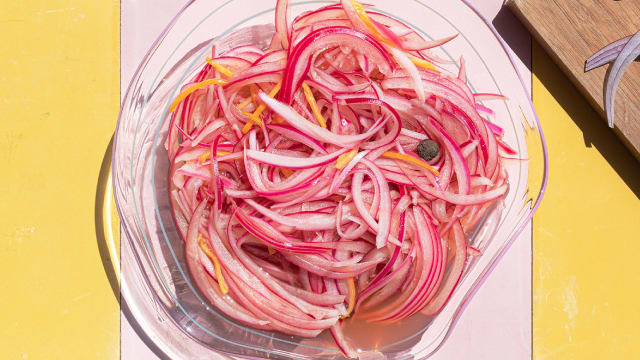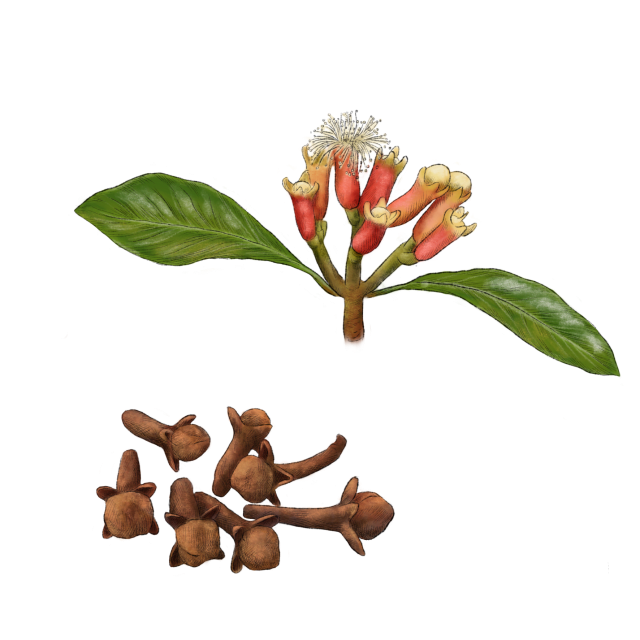Preserved Lemons

Preserved Lemons
Description
Preserved lemons are a staple in North African and Asian cooking, adding a sublime depth of flavor to rubs, stews, roasts, and salads—anything needing a burst of bright citric acidity. Lemons are rich in vitamin C, powerful antioxidants, and fiber, while their citric acid aids the body in absorbing iron from other sources.
NOTE
Needed: 1 qt (950 ml) wide-mouth Mason jar
Ingredients
1 quart MAKES
- 6 lemons
- Sea salt
Optional spices, in any combination
- 1 cinnamon stick
- 1 star anise
- 1 bay leaf
- 2 cloves
- 6 coriander seeds
- 6 peppercorns
Directions
-
Step 1
Cut the lemons into quarters lengthwise, but stop short of going all the way through; leave the four quarters attached at one end with an inch or so to spare. Rub salt generously over all the cut surfaces, really working it in, and then close the lemon back up into its original shape. -
Step 2
Sprinkle a layer of salt into the bottom of the jar and push the first lemon in firmly, mashing it down. Repeat this with three more lemons, and possibly a fourth if there’s room, sprinkling in a little salt and some of the spices between them. Do your best to pack them in as tightly as you can. Juice the remaining lemon(s) and pour their juice into the jar so that the liquid fills in the voids between the fruit. -
Step 3
Let the jar sit for a day or two and see how much more liquid the salt pulls out of the fruit. If it covers the lemons, great — if not, add enough lemon juice to cover them and move the jar to a cool, dark place like a cupboard. Leave the jar alone for at least a month before digging in. Note: The lemons will darken over time, but that’s nothing to worry about. Between the salt and the acidity, these really can’t go bad.
About the author
More by Peter Barrett

Beet Salad
This simple salad is almost a quick pickle, using a bright vinaigrette to balance the beets’ earthy sweetness. A bowl of these enhances just about any meal.

Belizean Pickled Onions
This tangy, crunchy, and fiery red onion condiment from Belize brightens up sandwiches or salads

Braised Artichokes
Try this antioxidant-rich recipe of braised artichokes in white wine sauce and dressed in olive oil





